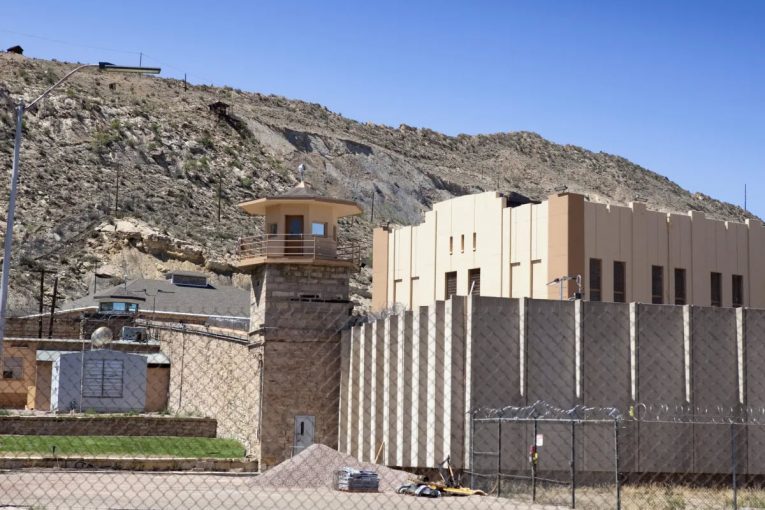

Try giving its residents rehabilitative programs instead of more punishment.
By EC Theus-Roberts
Prison has always been a violent place. A 2020 study by the Prison Policy Initiative on the number of violent interactions behind bars reported by the Bureau of Justice Statistics concluded that all or most incarcerated people witness some kind of violence during their confinement. That alone is frightening.
Colorado State Penitentiary (CSP), where I reside, is the most violent prison in the state.
CSP is the state’s administrative segregation (AdSeg) facility. Almost everyone who is incarcerated there is placed in solitary confinement, and many have been paroled directly from there with little-to-no preparation for the outside world. But after the 2013 murder of Tom Clements, the executive director of the Colorado Department of Corrections, by Evan Ebel, who had just been released from  AdSeg, things at CSP changed.
AdSeg, things at CSP changed.
To promote social interactions and socialization, a step-down program was created, so individuals in solitary confinement could be reintegrated into the population. But over the past seven years, that has changed CSP from being among the quietest to the most frequent location for violence.
Under the step-down program, prisoners, in theory, could work their way throughout their sentences, gaining privileges at each stage, until they were eventually released from CSP to re-join the general population. Privileges could include more out-of-cell time, higher canteen purchasing limits, access to visits, the possibility of going outside three times a week, television, telephone calls for two hours a day and the ability to request library books.
However, there are no activities or classes prisoners can access, except the mandatory class every prisoner must take and pass in order to leave CSP. That means they have nothing to do.
Prisoners at CSP are idle. The 650 or so prisoners in the step-down program exercise, watch television and stare at each other. This has been the reality since 2014, following the “transformation.”
Every other prison in Colorado has a selection of programs and activities that provide engagement and positive stimulation. While acts of violence occur, no other Colorado facility experience’s violence so habitually.
People with things to do tend not to have time to be unproductive or senselessly destructive. This is also true for prisoners.
Over the past couple of years, at least three prisoners have been beaten to death, based on my observation. These deaths are on top of the weekly, regular incidents of violence.
Authorities have continued to respond as expected with greater restrictions, punishments, sanctions, extended lockdowns and exhaustive searches. For seven years this has been the pattern and for seven years the violence has not once abated, but only grown.
As intuitive as their “hard on troublemakers” philosophy may be, perhaps authorities can be convinced to try providing opportunities instead of punishment. According to a 2016 study by the RAND Corporation, individuals who participated in any kind of educational program were 43% less likely to return to prison. Study after study by the likes of the Center for Juvenile and Criminal Justice, The Sentencing Project and others invalidate the idea that punishment leads to rehabilitation. Severe restrictions and idleness have always worsened violent tempers and aggression.
Officials at some point will have to come to the realization that prison itself is an immense punishment. The more additional punishments are heaped upon prisoners, the less incentive they have to not use violence to express their frustration.
The rehabilitation of individuals requires equipping prisoners with normal socialization skills. Punishment, by itself, only provokes resentment and strangles hope. Humans need real — not delusional — hope to live.
If officials at CSP dedicated a quarter of the effort and resources they use to punish prisoners to provide classes and self-improvement programs, then maybe CSP would be Colorado’s best prison instead of its worst.
Originally Published by the Prison Journalism Project. Prison Journalism Project trains incarcerated writers to become journalists and publishes their stories.





